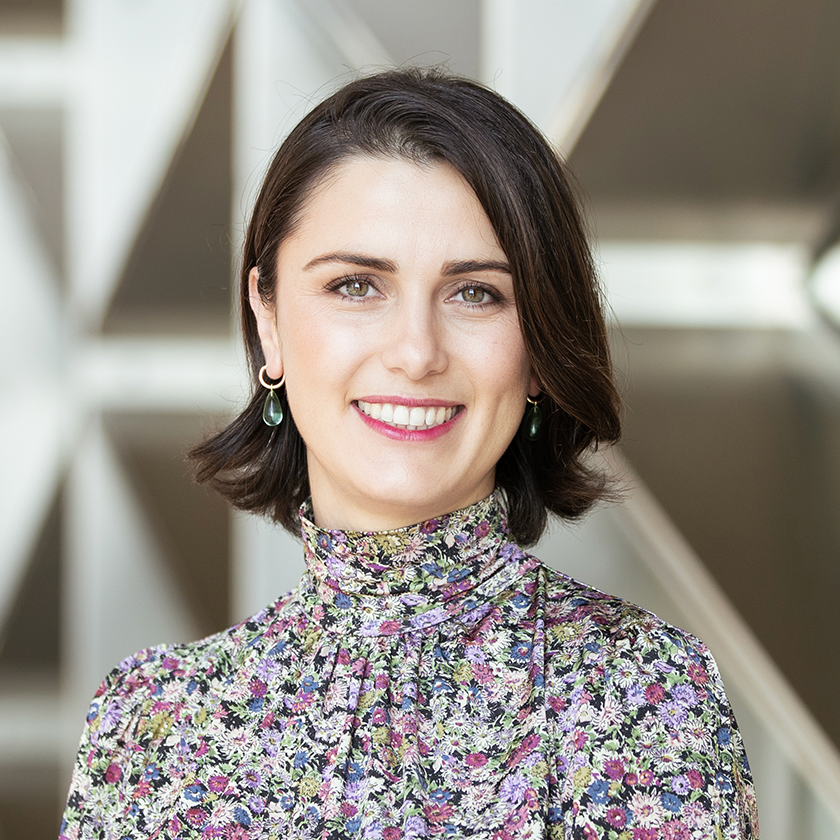
Derya Baran
Associate Professor, Materials Science and Applied Physics
Physical Science and Engineering Division
“Energy is not a stand alone global issue. It is a food-water-energy nexus that we should approach with a holisticview and utilize the edges of materials science to tackle the world’s biggest challenges.”
Program Affiliations
Biography
Dr. Derya Baran is an associate professor of materials science and engineering at KAUST, with cross affiliations in the Physical Science and Engineering and Computer, Electrical, and Mathematical Sciences and Engineering Divisions. A pioneering expert in the field of solution processed semiconductors, fluent in chemistry as well as materials science, she leads the Organic/Hybrid Materials for Energy Applications (OMEGA) Lab, which focuses on engineering smart materials for energy capture. She is also involved in deep tech start-ups at KAUST, co-founding ”iyris,” an innovation-driven, climate-tech company focusing on developing materials and additives for energy capture to reduce resource use in agriculture. Dr. Baran’s academic journey includes roles such as research associate at Jülich Forschungszentrum, Germany, in 2016, and postdoctoral fellow at the Center for Plastic Electronics, Imperial College London, UK, in 2015. She is recognized globally for her research contributions, with accolades including the Boston Consultancy Group V60 Innovators Award and appointment to the Board of Directors at Materials Research Society. Her work is published widely in leading journals such as Nature Materials, Nature Photonics, Energy Environmental Science and Advanced Materials.
Research Interests
Professor Baran's research interests lie in the area of solution processable organic/hybrid soft semiconductor materials for energy capture. These materials have wide applications, spanning from optoelectronic devices to optical elements such as windows, films and coatings. She is particularly interested in processing such materials onto a surface or into other components to functionalize them for desired purposes and applications. Her life-long interest is educating and mentoring next generations.
Education Profile
Research Associate, Jülich Forschungszentrum, Germany, 2016
Postdoctoral Fellow, Center for Plastic Electronics, Imperial College London, UK, 2015
Ph.D., Materials Science and Engineering, Friedrich-Alexander University Erlangen-Nurnberg, Germany, 2014
MSc, Chemistry, Middle East Technical University, Turkey, 2010
BSc, Chemistry, Middle East Technical University, Turkey, 2008
Awards and Recognitions
Publications
Research Areas
- Chemical and Biological Engineering
- Chemical Science
- Material Science and Engineering
Multimedia
- - Scopus
- - KAUST Discovery
- - Faculty In Focus
- - YouTube
- - LinkedIn
- - OMEGA Lab

